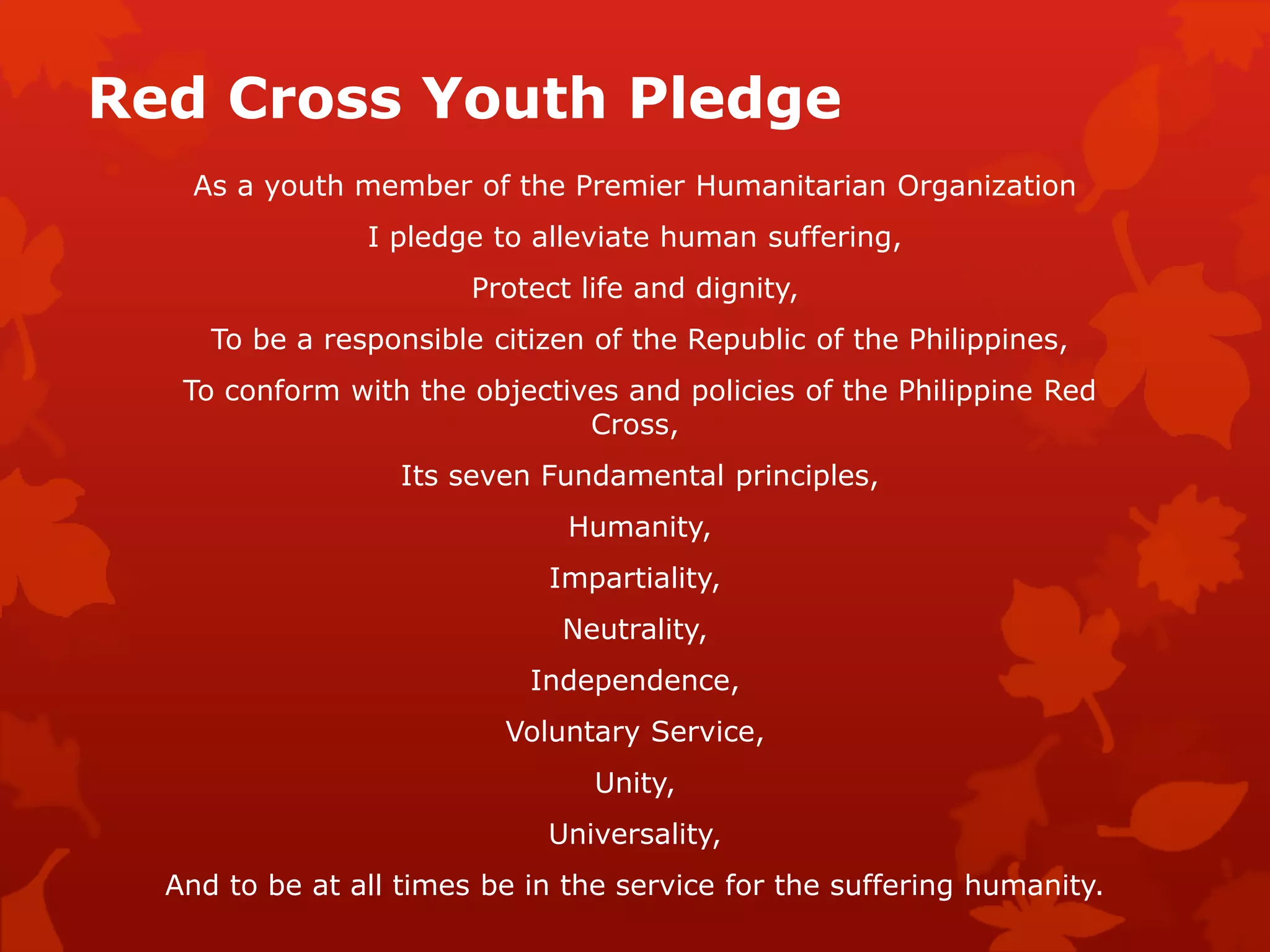What is the significance of "The Red Cross: History, Mission, and Impact" that we need to know?
Editor's Note: The Red Cross: History, Mission, and Impact has been released today. This guide provides a comprehensive overview of the International Red Cross and Red Crescent Movement, highlighting its historical origins, fundamental principles, global mission, and remarkable impact on humanitarian aid efforts worldwide. Understanding the importance of this organization is crucial for anyone interested in global health, disaster relief, and the history of humanitarianism.
Our team has done extensive research and analysis to present a well-rounded understanding of "The Red Cross: History, Mission, and Impact" within this comprehensive guide.
FAQ
Frequently asked questions (FAQs) can assist clear up misconceptions and provide a better comprehension of the Red Cross's past, mission, and global influence.
Question 1: What is the history of the Red Cross?
The Red Cross emerged in the aftermath of the Battle of Solferino in 1859, where Henry Dunant witnessed the suffering of wounded soldiers and campaigned for the establishment of volunteer aid societies.
Question 2: What is the mission of the Red Cross?
The Red Cross's mission is to protect human life, alleviate suffering, and promote the dignity of all, particularly in times of armed conflict and natural disasters.
Question 3: How does the Red Cross impact communities?
The Red Cross provides a wide range of services, including disaster relief, health care, social welfare, and education, to millions of people worldwide.
Question 4: How is the Red Cross funded?
The Red Cross is primarily funded through voluntary contributions from individuals, corporations, and governments.
Question 5: What are the principles of the Red Cross?
The Red Cross adheres to seven fundamental principles: humanity, impartiality, neutrality, independence, voluntary service, unity, and universality.
Question 6: How can I support the Red Cross?
You can support the Red Cross by donating financially, volunteering your time, or raising awareness about their work.
Tips
Many other opportunities exist for volunteers to provide disaster relief assistance to their communities. These opportunities include volunteering at local Red Cross chapters, working with other voluntary organizations, and participating in community emergency response teams.
Tip 1: Visit the Red Cross website to learn about local volunteer opportunities at The Red Cross: History, Mission, And Impact
Tip 2: Contact local voluntary organizations to inquire about disaster relief volunteer opportunities.
Tip 3: Attend community emergency response team meetings to learn about volunteer opportunities and training.
Tip 4: Take first aid and CPR classes to be prepared to assist in disaster situations.
Tip 5: Assemble an emergency preparedness kit to be prepared for disasters.
Tip 6: Make a plan for what to do in the event of a disaster.
Tip 7: Stay informed about weather forecasts and emergency alerts.
Tip 8: Donate to disaster relief organizations to support their efforts.
By following these tips, you can be prepared to help your community in the event of a disaster.
The Red Cross: History, Mission, And Impact
Established in 1863, the Red Cross has played a vital role in providing humanitarian aid, disaster relief, and medical assistance to countless individuals around the globe. Its mission of alleviating human suffering and promoting international cooperation has been guided by six key principles: humanity, impartiality, neutrality, independence, voluntary service, and unity.

Red cross history | PPT | Free Download - Source www.slideshare.net
- Historical Significance: Founded by Henry Dunant after witnessing the horrors of the Battle of Solferino, the Red Cross has a rich legacy of helping victims of war and conflict.
- Global Presence: With over 190 national societies, the Red Cross operates in nearly every country, providing emergency assistance and long-term development programs.
- Impartiality and Neutrality: The Red Cross provides aid to individuals without discrimination based on nationality, religion, or political affiliation, maintaining neutrality in conflicts.
- Volunteer-Based: Relied heavily on volunteers driven by compassion and dedication to assist those in need, the Red Cross embodies the spirit of selfless service.
- Disaster Relief: The Red Cross is a leading organization responding to natural disasters and emergencies, providing shelter, food, medical care, and psychological support.
- Health and Development: Beyond emergency aid, the Red Cross promotes public health, improves sanitation, and supports community development initiatives, empowering vulnerable populations.
The Red Cross's impact extends beyond immediate crisis response. Its advocacy efforts have led to the adoption of international humanitarian laws and conventions, protecting civilians and preventing war crimes. Its educational programs foster empathy, promote tolerance, and prepare communities for emergencies. Through its unwavering commitment to humanity and compassion, the Red Cross continues to make a profound difference in the lives of millions worldwide.

Red cross history | PPT | Free Download - Source www.slideshare.net
The Red Cross: History, Mission, And Impact
The Red Cross, founded in 1863, is an international humanitarian movement with a mission to protect human life and alleviate suffering. Its principles, known as the Fundamental Principles, guide its work and include humanity, impartiality, neutrality, independence, voluntary service,
unity, and universality. The Red Cross movement comprises the International Committee of the Red Cross (ICRC), the International Federation of Red Cross and Red Crescent Societies (IFRC), and 192 national Red Cross and Red Crescent societies.
The Red Cross has played a pivotal role in providing humanitarian assistance during armed conflicts and natural disasters. During World War I, the Red Cross established field hospitals, provided medical care, and distributed food and supplies to both soldiers and civilians. In World War II, the Red Cross expanded its operations, working with prisoners of war and displaced persons. The organization has also been instrumental in combating epidemics, promoting public health, and disaster preparedness.
The Red Cross is funded primarily by voluntary donations from individuals, corporations, and governments. Its work is carried out by a combination of paid staff and volunteers. The organization's emblem, a red cross on a white background, is recognized worldwide as a symbol of protection and assistance.
| Year | Event |
|---|---|
| 1863 | Henry Dunant founds the Red Cross in Geneva, Switzerland. |
| 1864 | The First Geneva Convention is adopted. |
| 1876 | The Red Cross provides assistance during the Russo-Turkish War. |
| 1914-1918 | The Red Cross provides extensive assistance during World War I. |
| 1939-1945 | The Red Cross provides assistance during World War II. |
| 1948 | The Universal Declaration of Human Rights is adopted. |
| 1956 | The Red Cross provides assistance during the Suez Crisis. |
| 1965 | The Red Cross provides assistance during the Vietnam War. |
| 1980 | The Red Cross provides assistance during the Iran-Iraq War. |
| 1991 | The Red Cross provides assistance during the Gulf War. |